'Gently does it' – locksmiths share the key to easily fixing a frozen lock yourself this winter, and when to leave it well alone
A heavy hand is a one-way ticket to a lockout


Knowing how to fix a frozen lock is an essential DIY skill as we head into winter.
Frozen locks can be stressful as well as dangerous, compromising the security of your home's entrances and exits, experts say.
Here, locksmiths reveal how to fix a frozen lock and when to leave it well alone to make your home more safe and secure, and ensure your keys don't break.
How to fix a frozen lock like a pro
Frozen locks occur when moisture gets trapped inside the keyhole. When outdoor temperatures drop below zero, this can then freeze.
It doesn't have to be a lot of water for it to create a big issue. Luis Concepción, co-owner of Prolocksmith Orlando, warns, 'Even humidity or condensation can be enough to create internal ice that blocks the key from turning if temperatures drop below freezing.
'This is especially common in exterior locks on doors, sheds, and vehicles.'
Unfortunately, there isn't much you can do when winterizing a house to prevent freezing temperatures from impacting your locks. Thankfully, there are a few simple home DIY skills pros recommend trying out before seeking the help of a professional locksmith.
Design expertise in your inbox – from inspiring decorating ideas and beautiful celebrity homes to practical gardening advice and shopping round-ups.
What you'll need
To prepare your home for cold weather and successfully unfreeze your locks, the experts reccomend trying one of the following:
- Lock de-icer: the Victor Lock De-icer 62FL OZ on Amazon is a popular choice, and its spray nozzle is small enough to reach inside of your lock's mechanisms.
- Rubbing alcohol: the Equate 91% Isopropyl Alcohol from Walmart is easier to use than many others out there as it's already in a spray bottle.
- A hair dryer: if you don't have one at home, the Revlon 1875W Compact Hair Dryer from Walmart is a budget-friendly option.
- For safety, gloves: a pair of gloves like the ones in the Great Value Pack of 10 Puncture Resistant Nitrile Gloves from Walmart will keep your hands clean and make handling a cold door mechanism a bit more bearable.
- For convenience, a straw applicator for spray bottles: straw applicators like these 6" Aerosol Spray Can Tip Extensions from Amazon, will make reaching into your lock a breeze.
- To prevent it happening again, graphite lubricant: this is useful to apply after thawing your lock to help stop it from sticking again. There are lots of options out there, but the Blaster 8-GS Industrial Graphite Dry Lubricant Spray 5.5oz from Walmart is a good place to start looking. Alternatively, you can use WD-40, also from Walmart.
Four methods to fix frozen locks

Work slowly and carefully to avoid making the problem worse.
Steven Grunstein, CEO of Golden Key Locksmith Inc., shared four simple methods with us to unfreeze your locks:
- Method 1 - Try warming the key first: 'Use your hand, a lighter (carefully), hairdryer, or warm water to slightly heat the key before inserting it gently.
'This method is particularly effective on locks that are only slightly frozen. If the lock is in an area away from any home heating, this idea likely won't work on its own. - Method 2 - Use a lock de-icer: 'This product is specifically designed to melt internal ice without damaging the lock, so it's a reliable one to try out.' Using a spray bottle and a straw applicator to extend the nozzle, follow your de-icers instructions and spray a small amount into the lock.
Leave it sit for a few minutes before gently attempting to work your key into the lock. It's important to let your de-icer sit for a while to give it time to melt the ice. - Method 3 - Apply rubbing alcohol: 'A few drops on the key or into the lock can help thaw minor freezing.' It can serve as a handy ice melt alternative that you may already have in your home.
A spray bottle would be useful for this step, or an eye dropper like the opvise Disposable Plastic Eye Droppers available at Walmart. - Method 4 - Move the key around in the lock: 'Insert the key and gently wiggle it around in the lock to help dislodge and disturb the internal ice. Never twist hard, as this can snap your key.' You can also try tapping the door surrounding the lock to dislodge the ice.
When should you leave your lock alone?

A professional can unfreeze a lock without the risk of damaging your home security.
Luis has seen it all in his years as a locksmith, so he knows a thing or two about when it's time to enlist the help of a pro.
'Quick warning before you go MacGyver on your lock: No torches, no boiling water, no hammering.
'I’ve seen it all, and I’ve seen doors ruined because someone got too creative. Keep it simple and safe.
'It's time to call a pro like me to avoid making home maintenance mistakes if you're facing any of the following:
- If the key breaks off inside your lock. It happens a lot!
- If you’ve tried the usual tricks and it’s still not budging
- If it’s a commercial or high-security lock, don’t gamble with that stuff
- Or, honestly, if you’re just over it and want someone else to deal with it. It can be a stressful time!
What to shop
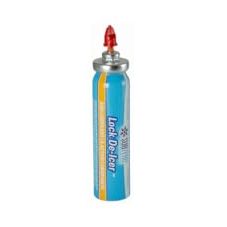
This handy spray thaws frozen locks instantly and lubricates lock cylinders to prevent refreezing.
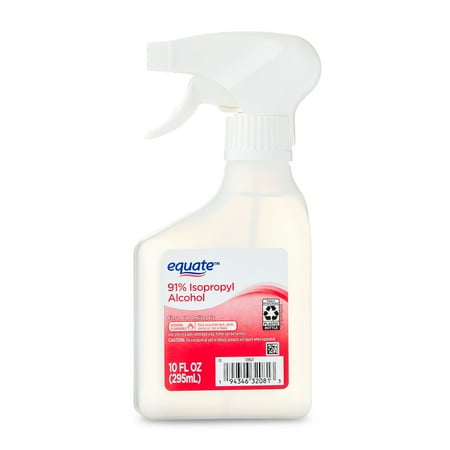
Rubbing alcohol can help to melt ice without harsh chemicals. You can even clean with rubbing alcohol, making it a multi-purpose addition to your arsenal.
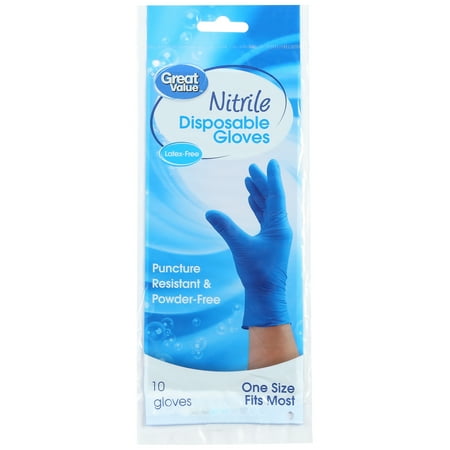
When using aerosol sprays, wear protective gloves to protect your skin from irritating chemicals.
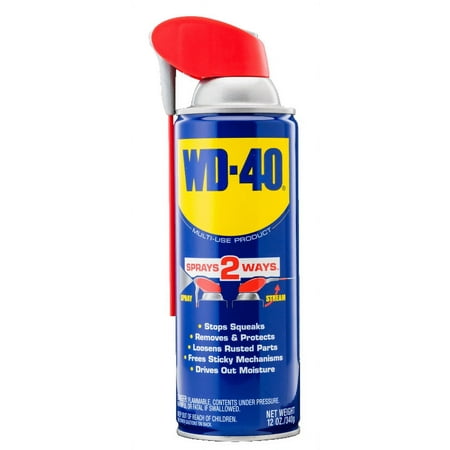
Adding a spray lubricant to your locks can help to prevent water from freezing again in the future.
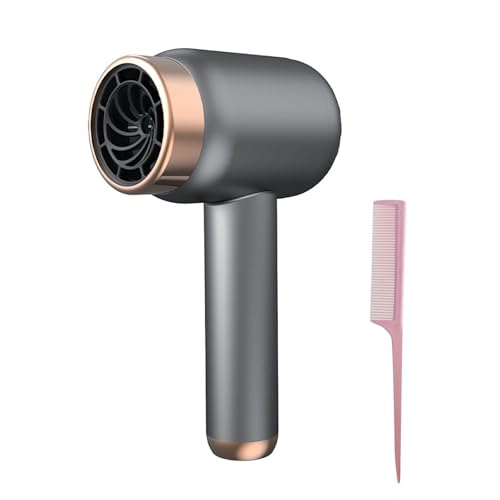
External locks are rarely next to outlets. This portable rechargeable hair dryer can make melting ice and treating frozen locks quicker and easier (plus, it's great for travel!)
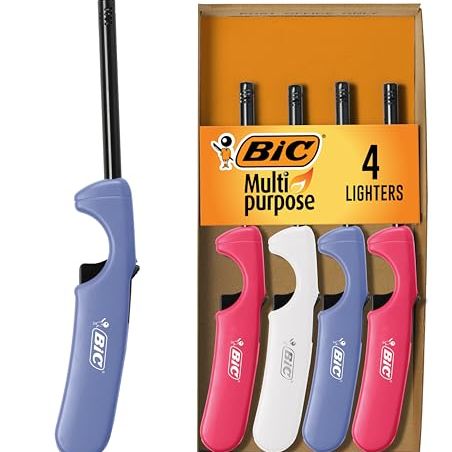
If using a lighter to heat your key and unfreeze a lock, use a long handled lighter and hold the very edge of the key to keep your fingers safe from the flames. Avoid wearing gloves when doing this for better control.
FAQs
How can you tell that a lock is frozen and not just stuck?
Steven shared an easy way to tell if your lock is frozen as opposed to stuck. 'A frozen lock typically won’t allow the key to go in fully or turn at all, and it may feel unusually solid or "crunchy" inside. A stuck lock, by contrast, often allows the key to insert but resists turning due to mechanical wear or internal buildup.'
Meet the experts

Prolocksmith Orlando is a family-owned locksmith company, owned by brothers Luis Concepción and Fidencio Concepción, that has been operating for over 40 years. Serving over 10,000 customers per year to assist with all sorts of problems, from emergency lockouts to master key systems and key duplication, their team of fully-licensed professionals know all there is to know about locks.

Steven has been in the industry for over 15 years and currently leads a team of 75 employees across the U.S., with locations in NY, NJ, CT, Boston, Miami, Orlando, Tampa, LA, San Diego, San Francisco Bay Area, Portland, Seattle, Dallas, Austin, Houston, and Atlanta.
He's an active member of ALOA and SAVTA, and hold multiple certifications in locksmithing, door hardware, access control, and surveillance systems. On average, Golden Key Locksmiths Inc. serve over 25,000 customers annually.
Outdoor faucets are another common culprit of freezing, often leading to expensive repairs.
Here, you can learn how to protect an outdoor faucet from freezing in the winter before serious problems could arise later this year.

Ciéra is a writer and regional laureate with particular passions for art, design, philosophy and poetry. As well as contributing to Homes & Gardens, she's an Editorial Assistant for Design Anthology UK and a contributing writer for magazines including Livingetc, Apartment Therapy, House Beautiful and Ideal Home. Previous commendations of hers include being Highly Commended by The Royal Society of Literature and receiving a prestigious MA Magazine Journalism scholarship to City, University of London.
You must confirm your public display name before commenting
Please logout and then login again, you will then be prompted to enter your display name.